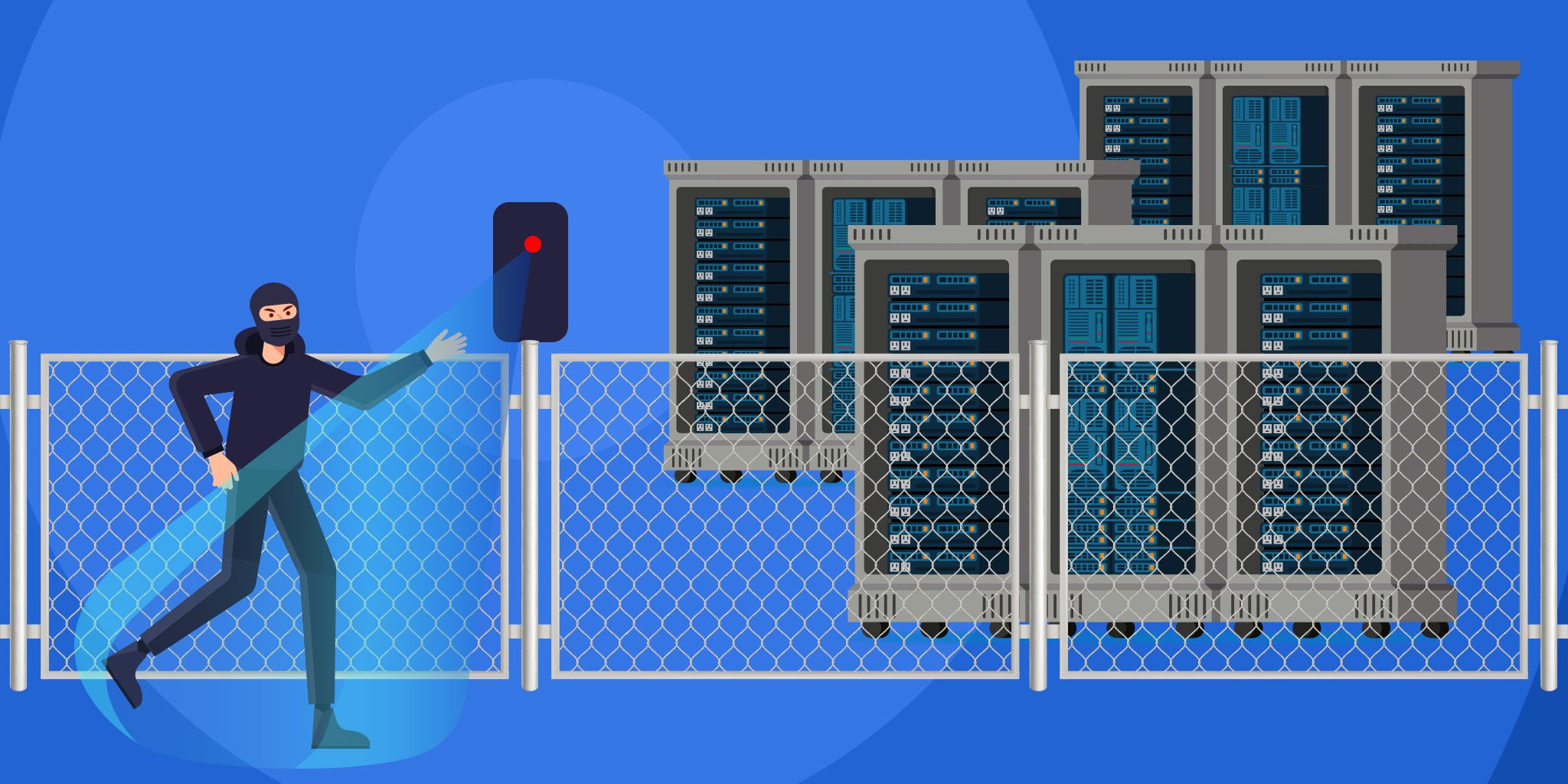How To Overcome 5 IoT Challenges that Manufacturers Face
How To Overcome 5 IoT Challenges that Manufacturers Face
- Last Updated: December 2, 2024
L2L
- Last Updated: December 2, 2024



As industries experience Industry 4.0 firsthand, new technologies allow companies to remain competitive. Applications of the Internet of Things (IoT) are at the forefront of value drivers, projecting an economic value of $1.3 trillion in the manufacturing factory setting alone.
While there is a lot of potential in fully utilizing IoT, complete adoption remains at risk for organizations. Real-world applications of such innovative tools come with unprecedented obstacles that require equally ingenious solutions. Here are five of the top challenges manufacturers need to overcome with the rise of IoT.
'Applications of IoT are at the forefront of value drivers, projecting an economic value of $1.3 trillion in the manufacturing factory setting alone.' - L2L
#1 — Security
IoT centers on the availability of data and the uninterrupted exchange of information through an interconnected network. While such technology presents limitless opportunities, it is understandable to worry about providing access to uninvited parties.
Talking about IoT and cybersecurity sounds like a technical subject that an average user would not comprehend easily. However, there is a silver lining in the way most service providers offer solutions with digital trust at their core features. The most practical approach for a customer is choosing products with security features that can handle their operations.
Handling security concerns revolves around evaluating three main elements: authenticated identity, integrity, and encryption.
- Authenticated identity limits access to verified individuals. Systems that allow users to read or write data should have a way to restrict the availability of information as their role permits.
- Integrity ensures that any packet of data does not undergo unwanted alterations. Change logs and historical audits should allow a clear trail to follow any alterations.
- Encryption affirms that any data in transit remains secure using protocols such as TLS or SSL.
Using IoT devices that incorporate into a broader interconnected system should uphold standards to protect information. Employing tools and services with these protective features can keep companies at ease about their data security.
#2 — Hardware Limitations
It is easy to imagine a world with an unlimited cap on resources that can virtually solve all hardware constraints. On the ground, the reality is that plants need to prioritize projects within their budget to maximize the value of any investment.
A good starting point is gathering the multiple possible use cases your plant requires. Typical examples in manufacturing may include asset tracking, condition-based or predictive maintenance strategies, and automated production controls. Each piece of equipment can link to a particular set of use cases and the corresponding hardware requirements.
For each use case, you can then decide on the complexity of the hardware design that would allow you to achieve the intended operation. Economical out-of-the-box solutions may address most functionalities with minimal modifications.
Products that permit multi-purpose applications are a reasonable first choice for usage across the plant. Other, more intricate processes need more costly, specialized designs that account for precise measurements and controls.
Understanding the level of service required from equipment while exploring the range of available options equips companies with a plan to choose the most appropriate solution. Additionally, linking use cases with equipment allows prioritization based on business impact and asset criticality.
#3 — Service Constraints
An effective IoT implementation program does not end with the fitting infrastructure. As the technology behind modern-day innovations changes, potential problems that require troubleshooting keep coming up. A continuous support system is essential to ensure the continuity of any operation.
The main challenge with the support behind IoT devices lies in the overwhelming range of linked products relying on a fragmented service system. Depending on the type of service of the device, it can potentially generate thousands, if not millions, of alerts that require support from IT teams.
The scope of coverage also requires substantial training and upskilling to arrive at a resolution for each incident. Long-term solutions for effective service and maintenance should be sustainable. A sensible approach is to utilize autonomous operations wherever applicable.
Specific scenarios that require straightforward and repeatable actions are candidates for automation. For instance, a thermal sensor can act as a switch that controls the activation of a heating element. The same principle applies to measuring devices for pressure, flow rates, and many other relevant manufacturing processes.
By identifying a significant portion of actions that present themselves for automation, companies can focus on more complex resolutions.
#4 — Integration and Compatibility
In an ever-changing technological world, upgrades are inevitable for existing systems to keep up with business demands. Throughout the journey of incorporating emerging technologies, companies will continually need to consider the integration and compatibility of new infrastructure.
In the design phase, manufacturing plants can leverage a headstart by tapping into systems that are adaptable to changes. While most IoT devices demand a hardware component, companies have more leeway in incorporating them into a centralized system through the cloud.
Choosing software available as a service over onsite counterparts simplifies upgrades without breaking the bank. Take Enterprise Asset Management (EAM) software as an example. Such applications provide a centralized platform to make sense of the wealth of information from individual IoT devices throughout a facility.
Measuring the condition and performance of a single asset is beneficial in itself. An integrated view of the collective performance of the plant and its equipment, and finding ways to manage them, is game-changing.
As the need to add more physical devices arises, capable EAM software should address compatibility and integration challenges. As the needs of the plant grow, such applications should enable, rather than hinder, continuous improvement.
#5 — Scalability
On top of all the challenges, the success of an IoT implementation strategy boils down to its scalability. Having the technological framework for interconnectivity only brings real value if it works throughout the scale and size of the business operation. While a working pilot program is crucial, it is not nearly enough to maximize the benefits of the Internet of Things.
Even before the design and implementation phases of moving to IoT, companies need to be aware of their strategic vision and roadmap. Specific initiatives of the team need to align with broader business objectives. A pilot, for instance, should account for its potential interactions with other departments.
Effective scalability also relies on the readiness of the organization. Training and upskilling requirements will secure teams with a sustainable approach to following through on an idea.
Remember — IoT technologies rely on massive amounts of data that are far from the magnitude of conventional processes. The benefits of these new tools come with the price of requiring new ways to handle data. Understanding the value of information, and employing advanced analytical methods to capture actions, drive the capability to scale IoT technologies.
Conclusion
The benefits of successful IoT implementation are indisputable. However, with the many variables that play into execution, there is no single path to success. While innovative technologies present some challenges, companies can get ahead of any roadblocks by exploring the available solutions.
The Most Comprehensive IoT Newsletter for Enterprises
Showcasing the highest-quality content, resources, news, and insights from the world of the Internet of Things. Subscribe to remain informed and up-to-date.
New Podcast Episode

Moving Past the Pilot Phase in IoT and AI
Related Articles





